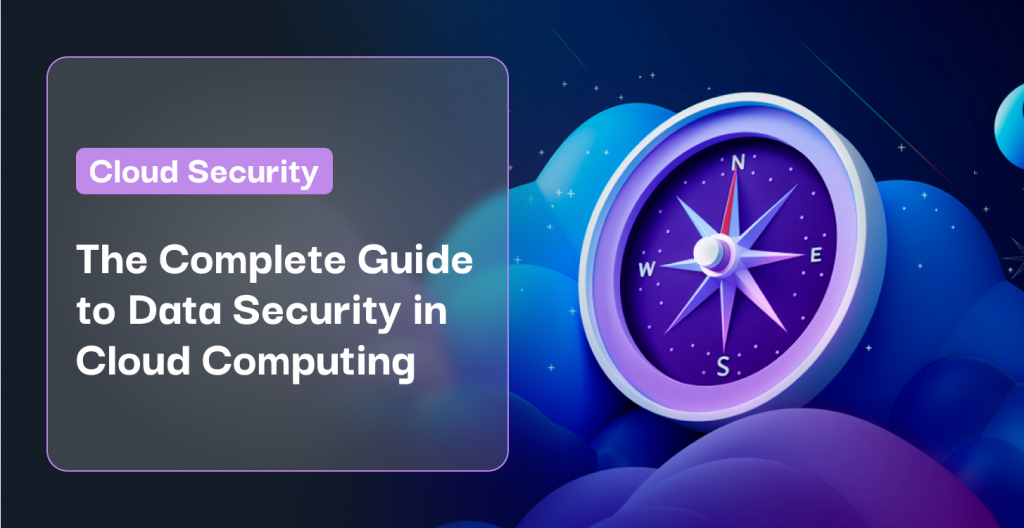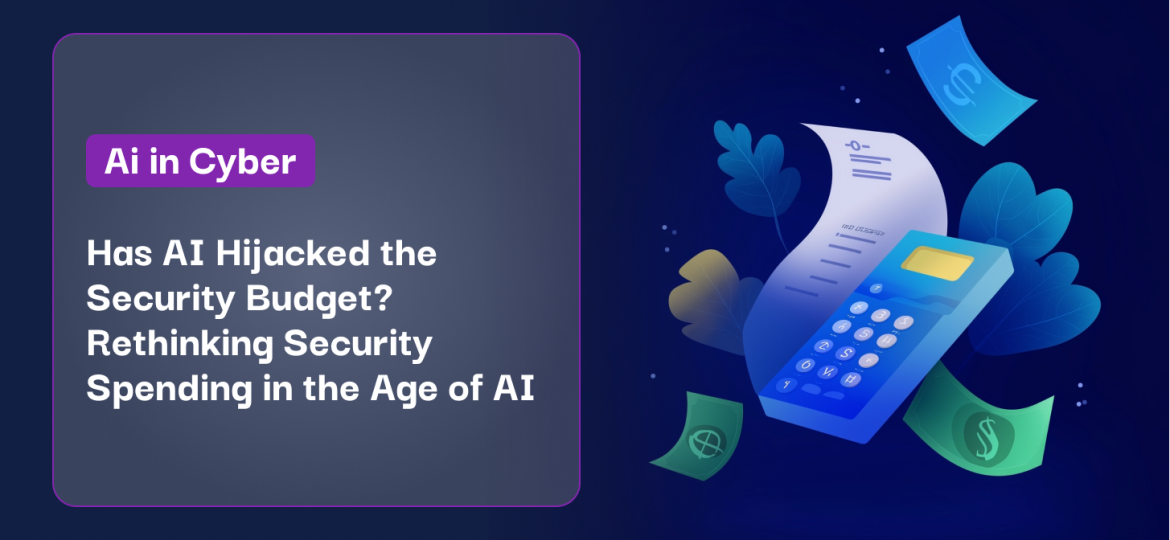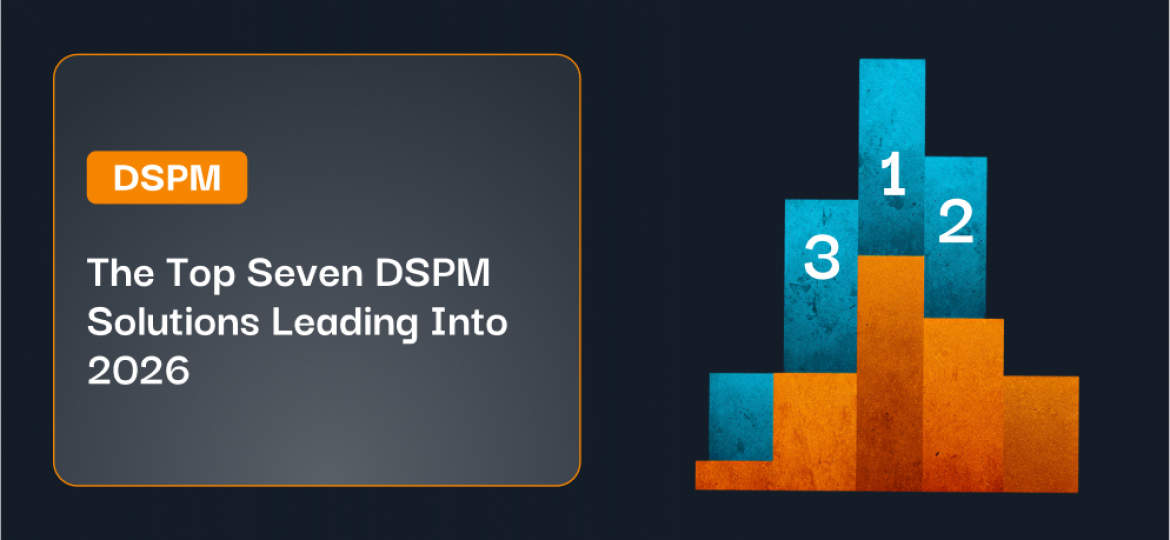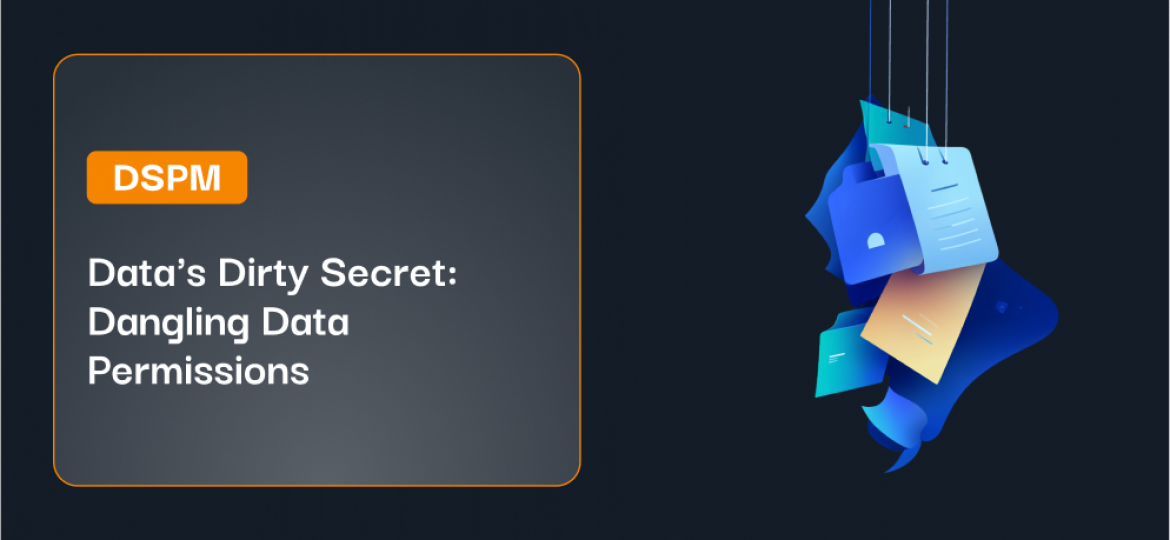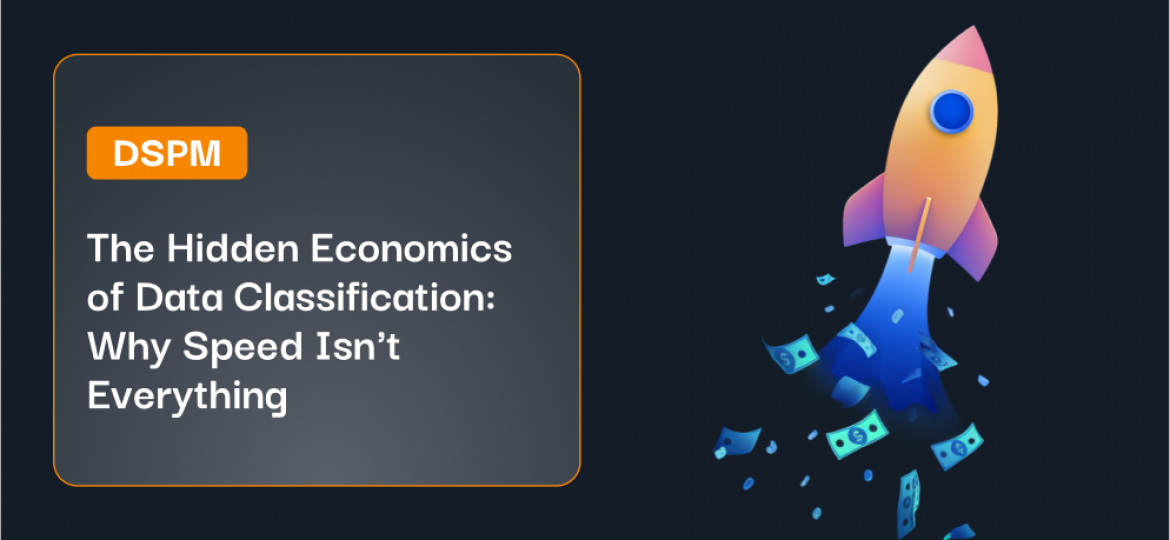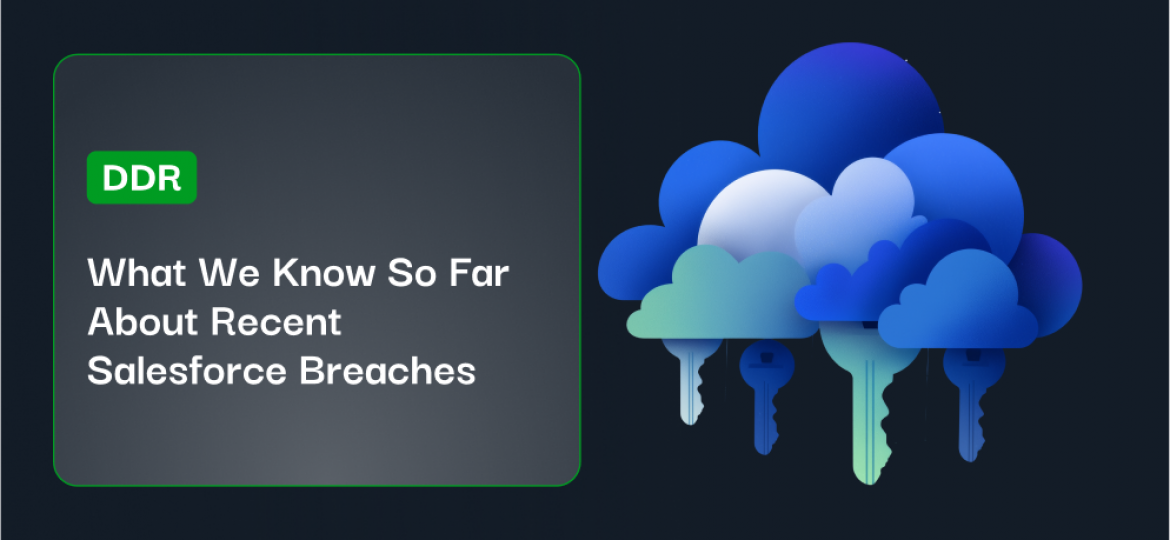From traditional techniques to the latest approaches, get a complete overview of how to secure your most sensitive data assets in the cloud
Once upon a time, data existed exclusively on paper, and data security was — mostly — a people-driven process. But that was long ago, and digitization has changed just about everything. Now organizations are equal parts cloud and concrete. According to Accenture, 77% of enterprises run at least part of their operation via the cloud.
This shift has required a new approach to security that can comprehensively protect the valuable assets now stored in the cloud. Thoroughly exploring the role of data security in cloud computing, this blog post provides an in-depth exploration of what it takes to defend your data in 2022.
Why businesses increasingly rely on cloud computing
While cloud-based applications can be more challenging to secure than on-premises systems, their use has grown dramatically over the last few decades due to the significant advantages they provide. These advantages include faster development time, better performance, and improved data storage access across devices.
The growth of cloud computing has also been driven by societal trends, like the increasing adoption of remote work. Although work-from-home (WFH) arrangements had been gaining ground — especially for tech roles — in the private sector for years, the pandemic dramatically accelerated this development. This latest surge has increased the importance of security leaders improving their cloud security profiles.
What is data security in cloud computing?
Data security is the practice of protecting digital information from theft or damage. It includes protection against unauthorized access to electronic files, fraudulent alteration of data, and disruption of access due to disasters. Data security has always been a concern for business owners, but the rise of cloud computing has made it even more critical — and challenging. This means that any information stored on a remote server needs to be protected as if it were located within an internal network, with multiple layers of access controls and encryption/decryption mechanisms.
Why is data security essential in cloud computing?
There are numerous reasons why the security of your company’s cloud data is essential. Without a robust approach to data security in cloud computing, vital company data could be stolen, destroyed, or lost — and such incidents can be devastating on multiple fronts. The compromise of your cloud-managed data assets could result in substantial financial setbacks, severely damage client relationships, and open up the organization to significant legal action from regulators.
What are data security techniques in cloud computing?
Now that we’ve covered the fundamentals, let’s explore the essential techniques for achieving and maintaining safe cloud usage across your organization.
Data access
Security teams control data access through identity and access management (IAM), which helps safeguard data assets through authentication and authorization processes. The authentication process requires users to produce unique credentials to gain access to an application and its data, and it’s become a widespread best practice to use multifactor authentication to boost security. Multifactor authentication requires users to verify their identity using multiple sources, such as a password and code received via text.
Once a user’s identity is established, organizations must validate their level of access through the authorization process. There are numerous access models for authorization, but the most popular is role-based access control (RBAC), which provides access according to a user’s role within a company. As a fundamental component of data security in cloud computing, every organization should invest in finding and deploying the highest quality IAM solution possible.
Firewalls
Web application firewalls (WAF) help defend cloud applications from compromise by monitoring and blocking harmful traffic. While not comprehensive, WAFs protect applications from a significant number of attack types and vulnerabilities. Without this security layer, attackers would easily exploit cloud applications and their data stores, making WAFs one of the most important aspects of data security in cloud computing.
Data encryption
A standard security feature cloud service providers offer, data encryption uses mathematical encoding to prevent unauthorized access to information. While data encryption is ubiquitous, not all providers offer the same level of encryption services. Although this might not be possible across your entire cloud infrastructure, be sure that the highest priority services provide your team with a high degree of control and comprehensive encryption options.
Data deletion
An integral part of data security is properly disposing of sensitive — but no longer essential — data. Data of this nature can pose a substantial organizational risk if allowed to persist indefinitely within cloud data stores, creating unnecessary liability. To prevent this risk, organizations need to develop and follow a data deletion protocol. This protocol should establish an expiration date for data based on its utility, regulatory requirements, and other parameters. In addition, the protocol should outline all aspects of the disposal process, from frequency to methodology. While sometimes tedious, this process is critical to reducing an organization’s vulnerability.
Data recovery
Robust data recovery processes are yet another pillar of data security in the cloud. Data loss can occur for any number of unforeseen reasons, making it essential to continuously perform backups of every system that relies on cloud-based applications. The backup should be comprehensive, covering each machine’s data, software, and operating system. But don’t stop there, as it’s also a good idea to validate your backups through periodic testing.
The frontiers of data security in the cloud
Even with the best access controls, firewalls, and encryption in place, most organizations do not have the kind of data security in the cloud that they need to protect their most valuable assets. Each of the techniques we’ve reviewed offers an important component of the stack, but they do not offer holistic coverage of the entire data store landscape.
This significant gap has led to the rise of a new segment within data security: data store and object security (DSOS). DSOS focuses on providing a clear map of an organization’s data stores, discovering vulnerabilities, and alerting teams of potential issues.
While many of the traditional data security techniques in cloud computing will still be necessary over the coming years, newer approaches, like DSOS, will be the true differentiator between security teams that are checking boxes and those that are genuinely protecting their organizations.
Symmetry Systems is one of the leading providers in this space. Its DSPM solution, DataGuard, provides a direct line of sight into your entire data store landscape, alerting you of potential weaknesses, detecting threats, and enabling rapid response. If you’d like to give DataGuard a try, then reach out. Our team will get you set up with a demo immediately.

